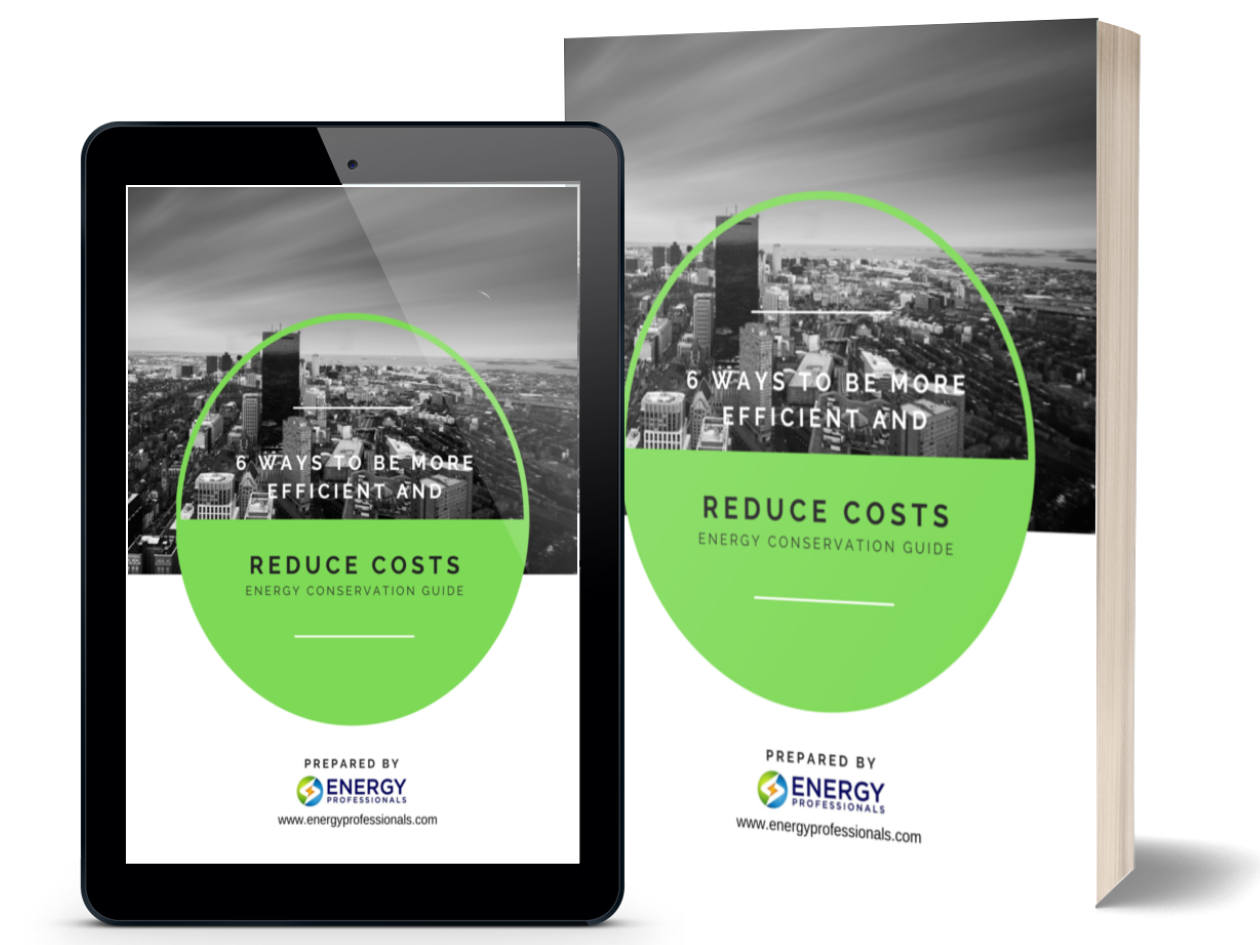Energy Update | August 31, 2020
Natural Gas Extends Rally Out of Buy Zone https://youtu.be/0E-pvWsw8tQ In my August 10th Energy Update, I said similar to 2016,

Natural Gas Extends Rally Out of Buy Zone https://youtu.be/0E-pvWsw8tQ In my August 10th Energy Update, I said similar to 2016,
In my August 10th Energy Update, I said similar to 2016, we were presently trading within a Buy Zone. In 2016, when Natural Gas moved out of its Buy Zone, it remained above the zone for 3-Years. And as you can see in the chart below, on Aug 10th, Natural Gas had just moved out of this year’s Buy Zone:
In 2016, anyone wise enough to lock in a fixed rate for the next 3-years before prices increased saved a great deal of money. Therefore, with Natural Gas prices now moving out of its Buy Zone, I recommended locking in rates before they moved higher long-term.
In 2016, when Natural Gas moved out of its buy zone it remained above the zone for 3 years, and I believe we are facing a similar scenario.
The recent lows are below the cost of production, and companies producing Natural Gas will not generate profits; therefore, weaker companies won’t survive, and companies who do survive will be highly motivated to decrease production leading to higher prices long-term.
The evidence Oil and Gas companies are decreasing production is reflected by the August 28th Baker Hughes report showing over the last year Oil rigs declined 76% and Natural Gas rigs declined 56%. The large decline in active Oil & Gas rigs has resulted in decreased Natural Gas production. As you can see below, the Energy Information Administration (EIA) is forecasting the production of Natural Gas will decline 3.7% in 2020 and another 5.3% in 2021.
2019 – 92.2 Bcf/d
2020 – 88.7 Bcf/d
2021 – 84.0 Bcf/d
While Natural Gas production is declining increased exports of Liquified Natural Gas (LNG) and increased pipelines to Mexico is expected to increase Natural Gas demand. Exports of LNG surged more than 60% in 2019 to 5.0 Bcf/d, and this year although demand slowed due to COVID-19, the EIA still estimates LNG exports will average 5.5 Bcf/d in 2020 and 7.3 Bcf/d in 2021.
In 2019, 40% of U.S. exports of Natural Gas went through the pipelines to Mexico, and EIA expects exports will increase with the completion of the southern-most segment of the Guadalajara system. The combination of decreased Natural Gas production and expected increased demand due to exports will result in structural imbalances and increase the risk of higher Natural Gas prices long-term.
In my July 7th Energy Update, and July 13th Energy Update, I said the lows reached on June 26th were a short-term trading phenomenon and it was very unlikely Natural Gas would make new lows and the upside risk of higher prices was extremely high! Clients who heeded my recommendation paid the lowest prices available for Natural Gas and Electricity during this year’s long-term market cycle.
In my August 10th Energy Update, I wrote in 2016, anyone wise enough to lock in a fixed rate for the next 3-years before prices increased saved a great deal of money. Therefore, with Natural Gas prices now moving out of its Buy Zone, I recommended clients lock in rates before they move higher long-term. Clients who heeded my advice 3 weeks ago secured rates below where they are today.
If you have not listened to my previous warnings that higher prices were on the horizon, I hope you understand the longer you delay locking in your Natural Gas and Electricity rates the more you will likely pay in the future. Natural Gas structural imbalances greatly increase the risk of higher Natural Gas and Electricity prices. The short-term downside reward potential of lower prices is minimal versus the upside risk of higher prices long-term.
Not every client’s risk tolerance and hedging strategy is the same, but the above report will help you put into perspective the risk/reward opportunities. I invite you to call one of our energy analysts to help you plan a hedging strategy appropriate for your situation.
Ray Franklin
Senior Commodity Analyst
Energy Professionals


Don't have one? You can get one by calling us at 855-4-PKIOSK.
Energy Professionals is committed to finding its customers the best possible rates on electricity and natural gas. Tell us your location and service type and our energy manager will connect you to the most competitive offers.
Switching to an alternate supplier is easy. There is no chance of service disruption, and you'll continue with your current utility for energy delivery and emergency service. Take a few minutes to discover your best offers, and enjoy the benefits of retail energy in your home or business.
1. Energy Type
2. Service Type
3. Zip Code
4.Local Company
5.Zone
We believe that knowledge is power. Here’s a free e-book that provides business solutions to reducing energy costs.
Download E-Book Free Energy Audit




